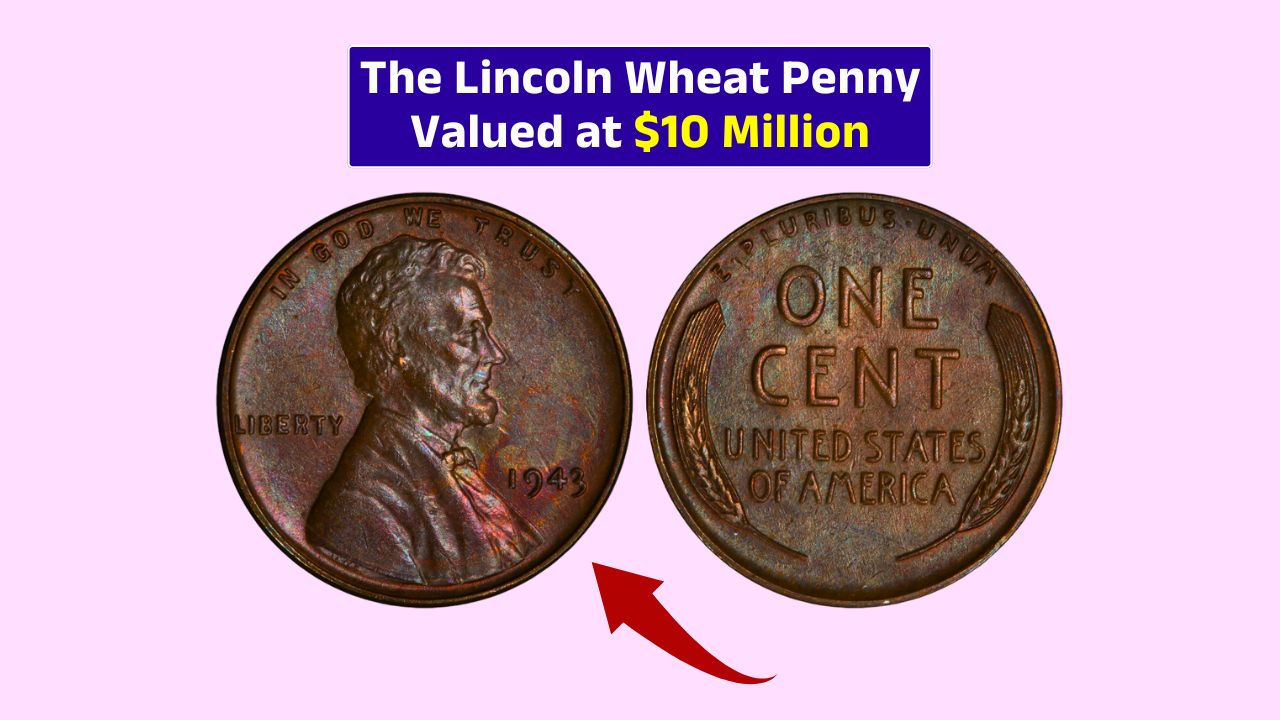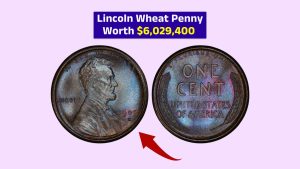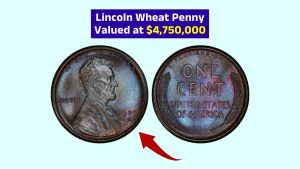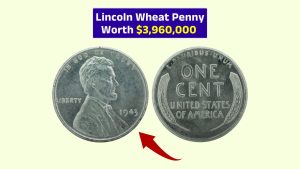Can a single penny really be worth $10 million? Believe it or not, the answer is yes — and one rare version of the Lincoln Wheat Penny may still be hiding in someone’s change jar, purse, or wallet today.
It’s a coin that looks like any ordinary cent but has captured the imagination of collectors and fortune-seekers across the world.
Let’s look into why this little coin is worth millions and how you could possibly find one yourself.
Background
The Lincoln Wheat Penny was introduced in 1909 to honor President Abraham Lincoln’s 100th birthday. It was the first U.S. coin to feature a real person, and it remained in production until 1958.
On the front is Lincoln’s portrait, and on the back, you’ll find two wheat stalks — hence the name “Wheat Penny.”
Most of these coins are worth just a little over face value unless they’re in perfect condition or have a rare mint mark.
But one specific version, the 1943 bronze Lincoln Wheat Penny, is so rare and mysterious that it has reached a mythical status — and a multi-million-dollar price tag.
Rarity
Here’s the catch: in 1943, the U.S. Mint stopped using copper to make pennies. With World War II in full swing, copper was needed for ammunition and equipment. So instead, the Mint used zinc-coated steel to make that year’s pennies.
However, a few bronze (copper-based) planchets — leftover from 1942 — were accidentally used to mint some 1943 pennies. These rare bronze pennies look just like regular old coins, but they’re worth millions due to their error, rarity, and historical significance.
Only a handful are known to exist. One of them has been appraised at $10 million, making it one of the most valuable coins in the world.
Identification
Think you’ve found something special? Here’s how to tell:
| Feature | What to Look For |
|---|---|
| Year | Must say 1943 on the front |
| Color | Should look coppery brown — not silver like steel |
| Magnet Test | Steel sticks to a magnet; bronze doesn’t |
| Weight | Bronze is heavier (~3.11g); steel is lighter (~2.7g) |
If your 1943 penny is copper-colored and doesn’t stick to a magnet, it might be the real deal. Next step? Get it authenticated by a top coin grading service like PCGS or NGC.
Finding
You don’t have to be a collector to stumble across one of these. Many 1943 bronze Wheat Pennies went unnoticed for years. Some have turned up in places like:
- Grandpa’s old coin collection
- Forgotten piggy banks
- Flea market finds
- Coin rolls from the bank
- Everyday pocket change
People often ignore pennies, assuming they’re worthless. That’s exactly why one of the world’s rarest coins might still be out there, hiding in plain sight.
Value
The value of the 1943 bronze Wheat Penny has skyrocketed over time. Here’s how much they’ve sold for:
| Year Sold | Auction Price |
|---|---|
| 2010 | $1.7 million |
| 2019 | $204,000 |
| Appraised | Up to $10 million |
Demand among collectors, coupled with its incredible backstory, keeps driving up the price.
The mystery of the 1943 bronze Lincoln Wheat Penny is what makes coin collecting so exciting. It’s a story of mistakes, rarity, history — and possibly, life-changing money. The best part? You don’t need a metal detector or a safe full of coins. Just keep an eye on your everyday change.
So the next time you come across a penny, don’t toss it aside. That small copper coin might just be your $10 million jackpot.
FAQs
Why is the 1943 penny worth $10 million?
It was mistakenly made from bronze instead of steel.
What year should I look for?
Look for pennies from 1943 with a copper color.
How can I test if it’s real?
Use a magnet — bronze won’t stick, steel will.
How many bronze 1943 pennies exist?
Only a handful — fewer than 20 are known.
Can I still find one in change?
Yes, they may still be in circulation or collections.



